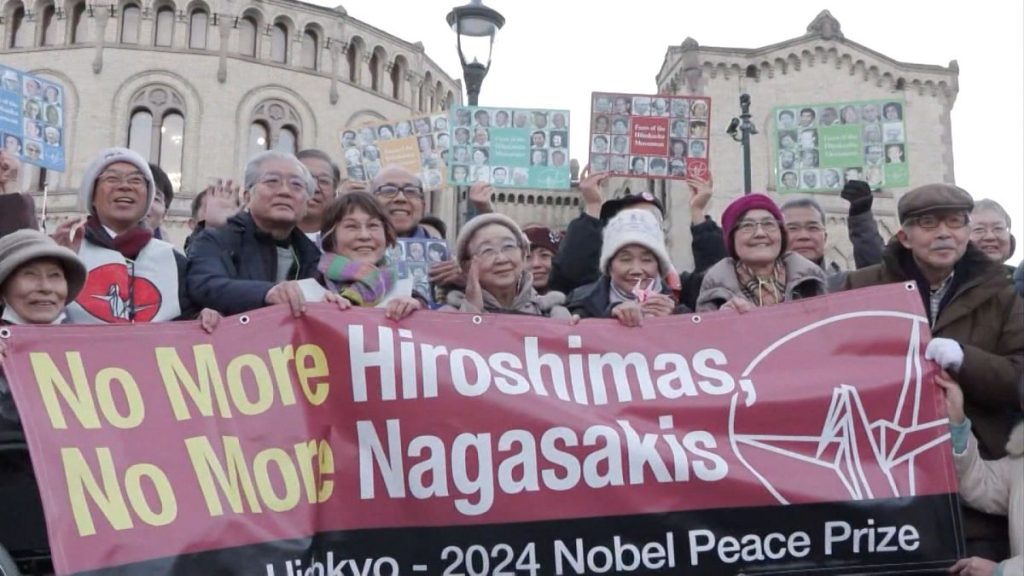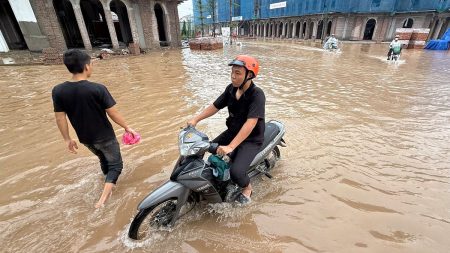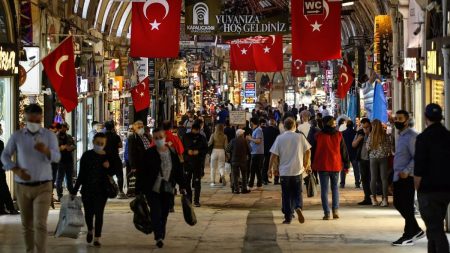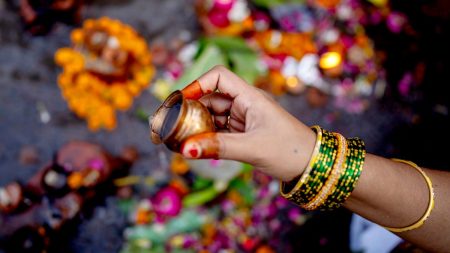Origami, the ancient Japanese art of paper folding, transcends its aesthetic appeal and carries a profound message of peace, particularly in the context of a world striving for nuclear disarmament. Its delicate folds and intricate transformations symbolize the fragility of life and the potential for destruction that nuclear weapons represent. The act of creating something beautiful and intricate from a simple sheet of paper mirrors the potential for humanity to build a peaceful and harmonious future rather than one consumed by the threat of nuclear annihilation. This connection is deeply rooted in the historical experiences of Japan, the only nation to have suffered the devastation of atomic bombings, and has evolved into a global symbol of hope for a world free of nuclear weapons. The simplicity of origami, coupled with its inherent complexity, becomes a powerful medium for conveying the complexities of peace and the urgent need for disarmament, resonating with people of all ages and cultures.
The story of Sadako Sasaki, a young girl who fell victim to the leukemia caused by the atomic bombing of Hiroshima, is intricately woven into the narrative of origami and peace. Sadako’s attempt to fold one thousand paper cranes, inspired by the Japanese legend promising a wish to those who achieve this feat, became a poignant symbol of hope and resilience in the face of unimaginable suffering. Although Sadako tragically succumbed to her illness before completing her thousand cranes, her story and the paper cranes she folded became a global emblem of the innocent victims of nuclear war and the enduring desire for peace. This powerful narrative has inspired countless others to fold paper cranes as a testament to the devastating consequences of nuclear weapons and a call for their abolition, transforming a simple act of paper folding into a powerful act of protest and remembrance.
The symbolism embedded within the origami crane adds another layer of meaning to its association with peace. The crane, in Japanese culture, is revered as a sacred creature symbolizing longevity, happiness, and peace. Its graceful form and soaring flight represent a transcendence beyond the earthly realm, evoking a sense of hope and aspiration for a better future. The act of folding a paper crane, therefore, becomes an act of embodying these virtuous qualities and projecting them onto the world. In the context of nuclear disarmament, the crane becomes a symbol of hope for a world free from the threat of annihilation, a world where peace and longevity prevail. By folding a crane, individuals express their desire for a future where the destructive power of nuclear weapons is replaced by the enduring power of peace and harmony.
Beyond the symbolic significance of the crane, the very process of origami embodies the principles of peace and non-violence. Origami begins with a simple, unassuming square of paper, representing the potential for both creation and destruction. The act of folding, however, is an act of creation, not destruction. It involves careful manipulation, precise folds, and a gentle touch. It requires patience, concentration, and a respect for the material. This inherent non-violent nature of origami contrasts sharply with the violent and destructive nature of nuclear weapons. It highlights the potential for human ingenuity to be directed towards creation rather than destruction, towards building rather than destroying. Origami, in this sense, becomes a metaphor for the choice humanity faces: to embrace the path of peace and creation or succumb to the path of violence and destruction.
The global reach of origami has contributed significantly to its effectiveness as a medium for promoting peace and nuclear disarmament. The simplicity and accessibility of origami allow people from all walks of life, regardless of their cultural background or artistic skill, to participate in this symbolic act. The act of folding a paper crane transcends language barriers and cultural differences, uniting people in a shared message of peace. Through organizations like Paper Cranes for Peace and other grass-roots initiatives, millions of paper cranes have been folded and sent to various locations around the world, including Hiroshima and Nagasaki, as tangible expressions of global solidarity for a nuclear-free world. These collective efforts amplify the message of peace and demonstrate the widespread desire for a future free from the threat of nuclear war.
The ongoing relevance of origami in the pursuit of nuclear disarmament underscores the enduring power of art as a tool for social change. In a world where the threat of nuclear war continues to loom, origami offers a powerful and accessible means of expressing hope, promoting dialogue, and advocating for peace. The simple act of folding a paper crane becomes a potent symbol of resistance against the forces of destruction, a testament to the human spirit’s yearning for a world free from violence and fear. As long as the threat of nuclear weapons persists, the delicate folds of the origami crane will continue to serve as a powerful reminder of the fragility of peace and the urgent need for a world united in its pursuit of nuclear disarmament. It is a testament to the power of art to inspire hope, promote understanding, and ultimately, contribute to a safer and more peaceful future for all.














